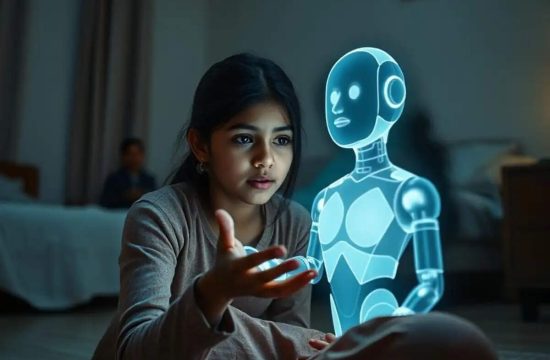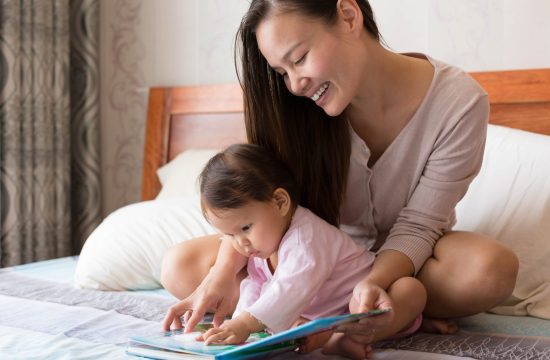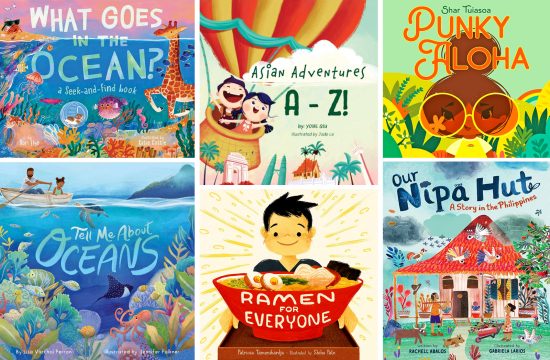
Kids today are spending an exorbitant amount of time glued to their electronics.
Nearly all children age 8 and under live in a home with some type of mobile device and spend an average of 2.25 hours a day on screens. This media time only increases with age—tweens use an average of 6 hours, not including time spent using media for school and homework, and teens are up to an average of 9 hours daily. Being tied to phones, tablets, and computers takes away from hands-on learning time, which is unfortunate since these types of experiences provide so many critical benefits to children as they grow and develop. As media becomes the go-to teaching tool in classrooms, it is imperative that we find fun and creative ways for kids to experience more hands-on, interactive learning opportunities at home.
First, let’s dive into five key benefits of hands-on educational experiences.
Enhances Learning
When children are primarily learning by reading, listening, and watching, they miss out on a key component of the educational experience that can only happen by doing. Kids of all ages thrive when they are provided with interactive, engaging, meaningful educational experiences. According to Brookings Institution, students who are engaged in hands-on learning are much more likely to remember what they were taught.
Interestingly, when children are physically engaged in an activity, they process the information differently and learn more effectively. Simply reading about a concept in a textbook or watching a demonstration in class is just not the same as physically experiencing what you are learning about. A research study from University of Chicago measured this concept using brain scans and found that students who engaged in a hands-on approach to learning scientific concepts were more activated in the sensory and motor-related parts of their brain. This also led to better quiz scores.
Stimulates Curiosity
When children are part of something so fascinating that it fills them with awe, like a science experiment or art project, they get excited about it and want to learn more. Hands-on experiences like these can spur curiosity in children, which is so critical to their growth and success. Even though their constant questions may be exhausting for us at times, their curiosity is exactly what we want to see from them so they continue to crave and seek out new knowledge. “One of our most important jobs as parents is to nurture kids’ innate curiosity. Not only is curiosity linked to academic achievement, it is tied to happiness in the long-term as well,” says Sandy Polu, Ph.D., founder of plumsparkkids.com, a creative learning subscription box for kids. “The key is to encourage curiosity in a way that is relevant and appropriate for the child.”
Interestingly, when children are physically engaged in an activity, they process the information differently and learn more effectively
Improves Social Interaction
Part of the problem with all of this technology is that kids are losing the ability to communicate and interact with others in person. When they hide behind their devices instead of talking face-to-face with their friends and family, they miss out on a major chance for emotional connection. According to Psychology Today, this kind of communication interferes with actual conversation and undermines our ability to connect with others. As children are constantly exposed to these quick impersonal ways of expressing themselves, they miss out on learning how to accurately convey their thoughts and feelings.
When we engage our children in fun hands-on activities, it opens a whole new world to them in which they need to ask questions, explain directions, and talk to others about the project. These projects also provide a special bonding time for parents and children or siblings to take on a challenge and work together. Whether it’s baking in the kitchen, working on a garden, or conducting a science experiment, kids will learn so many important social skills from the experience. These types of projects are also a great opportunity to invite over some neighbors or friends for a playdate so that the kids can work on a creative project together instead of staring at screens.
Expands Creativity
It’s one thing to observe art in a museum or watch a building being constructed in a video, but it’s another thing for kids to actually create masterpieces with their own hands. These types of activities allow children to tap into their own creativity and explore as they go. It gives them a direct sensory experience, which offers a more in-depth way of learning about a subject. It also provides a chance to stretch their imagination as much
as possible.
Boosts Confidence
When a child has the opportunity to directly work on a project like a science experiment from start to finish, they can feel a sense of accomplishment when they see the results. They then become empowered, which leads to more confidence when they face the next challenge. They also learn from their mistakes and failures, which only makes them more resilient in the future. If the experiment does not come out as planned, they will learn to ask why and make adjustments the next time they
work on it.
Finally, the encouragement they will get from accomplishing a hands-on project will increase their self-esteem, which will seep into all aspects of their life such as sports, school work, and relationships.








